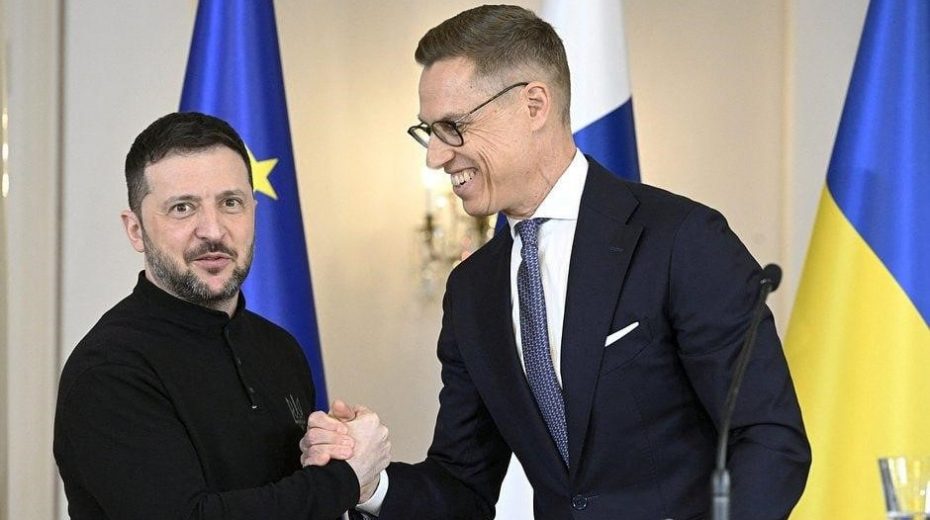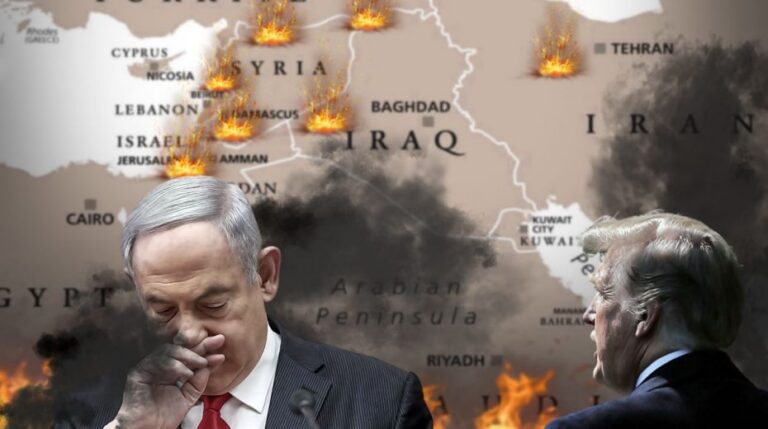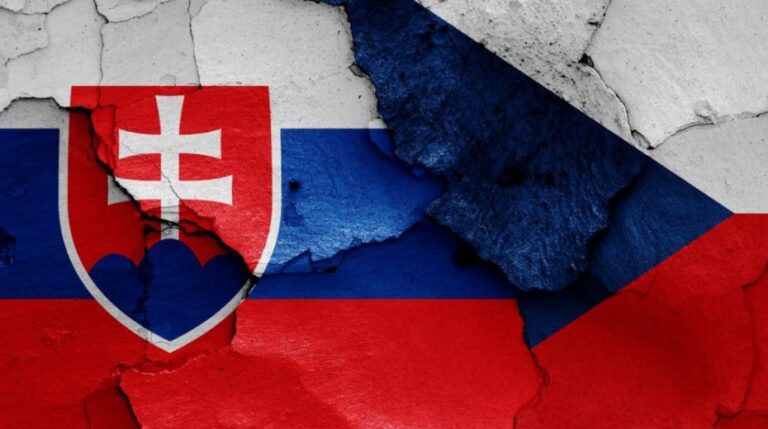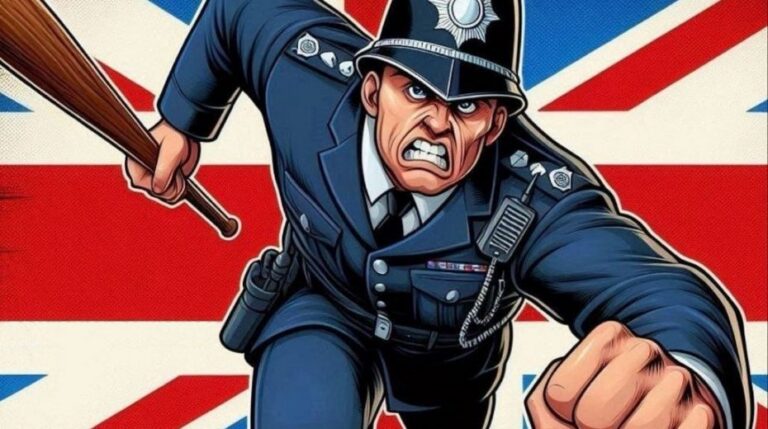
An end to hostilities might trigger a resurgence of the feudal power struggles over influence and wealth that have defined Ukraine’s volatile politics since 1991.
While adopting Finland’s path by relinquishing territory and abandoning NATO ambitions represent unavoidable and difficult decisions, Ukraine’s challenges extend much further.
The concept of ‘Finlandisation’ has gained traction recently as analysts consider how Ukraine might exit this brutal conflict. This term, somewhat clumsy, originated in the 1960s German political debate as a critique of Chancellor Willy Brandt’s ‘Ostpolitik’—a policy aimed at rapprochement with communist East Germany.
Historically, some trace ‘Finlandisation’ back to 1940, when Finland ceded parts of Karelia to the Soviet Union to secure peace. However, it is often overlooked that Finland allied with Nazi Germany during the Continuation War between 1941 and 1944, including participating in the Leningrad siege, before switching sides to join the British and Soviets in 1944 after Leningrad’s liberation. The Moscow Armistice on 19 September 1944 largely defined Finland’s current eastern frontier.
Today, applying ‘Finlandisation’ to Ukraine highlights that the determined independence of Ukrainians may require accepting partial territorial loss to achieve a lasting peace with Russia.
It has long been unrealistic to expect Ukraine to regain the Donbas without provoking a broader war involving Western powers and Russia, which remains unlikely. Trump’s bizarre assertion that Ukraine can reclaim all lost lands must be seen as a jab both at Zelensky and Putin.
The harsh reality is that, like Finland, Ukraine will effectively lose a portion of its territory once the conflict concludes.
This insight has been clear from the start. Veteran BBC correspondent John Simpson linked Ukraine’s plight with Finland’s experience early on. On 16 March 2022, he noted that after its conflict with the Soviet Union, “Finland kept the most important, most imperishable thing: its full independence as a free, self-determining nation.” With peace talks between Russia and Ukraine progressing in Turkey, he regarded the Finland analogy as relevant to Ukraine’s staunch defense.
Initially, perspectives like Simpson’s were marginalized in Western media until ‘Finlandisation’ resurfaced, especially after Finnish President Alexander Stubb’s comments to the Economist in early September.
Stubb’s turnaround is significant given his consistent hawkish stance on Russia and support for continuing a war that has cost Ukraine over one million casualties. Nonetheless, the conflict has settled into a tedious, predictable pattern from which Ukraine cannot break free without a peace deal.
With colder months approaching, Russia’s advances have slowed but it continues to press into Dnipro province, steadily capturing Kupiansk and Siversk.
Ukraine, however, is far from relief. Casualties persist on the front, and as winter approaches, Russia will likely intensify aerial attacks on Ukraine’s energy systems, crippling heating and power supplies.
An end to hostilities is urgently required to allow Ukraine to draw a definitive line, much like Finland did, and begin the prolonged and painful path of reconstruction and European integration. Even if immediate, this process would take at least a decade, partly because some European countries may be reluctant to forgo subsidies that help finance Ukrainian rebuilding, as noted repeatedly.
From the outset, Ukraine would retain sovereignty and independence, able to pursue its future freely. Yet this is where the Finlandisation comparison becomes problematic.
Ukraine must also formally commit to never joining NATO, a position Donald Trump has hinted at but Zelensky and his European backers continue to reject. Alongside territorial loss, neutrality is an unavoidable and uncomfortable reality regarding how the war will end—a reality unlikely to shift.
Ukraine’s leadership faces even deeper challenges.
In a Washington Post piece dated 5 March 2014, soon after the crisis erupted, Henry Kissinger identified the core issue: since independence, Ukraine’s “leaders have not learned the art of compromise, even less of historical perspective.” He observed that Ukrainian politics post-independence “demonstrates that the root of the problem lies in efforts by Ukrainian politicians to impose their will on recalcitrant parts of the country, first by one faction, then by the other… A wise U.S. policy toward Ukraine would seek a way for the two parts of the country to cooperate with each other. We should seek reconciliation, not the domination of a faction.”
Ukraine’s continued sovereignty depends heavily on internal reconciliation between the Ukrainian-speaking majority and the Russian-speaking populations in unoccupied regions. Although Zelensky is ostensibly Russian-speaking, his administration embodies a nationalism that will remain divisive for many citizens. There is no indication the government will abandon its decade-long effort to demonize Russianness, even if the war concludes.
Another issue arises. Around the time of Kissinger’s article, the Brookings Institute made a striking point: “Unfortunately, Ukraine is not and cannot be a Finland. It’s far too weak, poor, unstable, and corrupt. Finland’s per capita GDP is over $47,000. Ukraine’s is less than $4,000. Finland is the third least corrupt country in the world; Ukraine is 144th (out of 177).”
It would be difficult to argue that the war hasn’t exacerbated corruption in Ukraine. The July protests against governmental efforts to suppress independent anti-corruption bodies suggest that Zelensky’s regime differs from prior governments mostly by controlling a far larger resource pool to share among allies.
The likely disappearance of these ample Western funds once the war winds down may incentivize many in Kyiv to prolong the conflict at a slow pace.
While I hope Ukraine can emerge from this war as Finland did in 1944 and face the future with confidence, I fear that, unlike Finland, the end of combat may not bring lasting peace but rather revive the feudal battles for control and wealth that have plagued Ukrainian politics since its independence.






